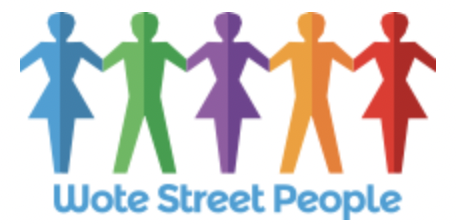It’s been illegal to discriminate against someone’s age since 2006, with the law being integrated into the Equality Act 2010. Despite age being a protected characteristic for over a decade, ageism in the workplace still exists today.
The WHO describes ageism as the stereotypes (how we think), prejudice (how we feel) and discrimination (how we act) towards others or oneself based on age.
Two age groups are stereotyped the most
It tends to be the generations at either end of the age spectrum that are more likely to suffer from age-based discrimination. For example, younger employees may be perceived as lazy, less reliable, less organised and lack motivations simply due to their age. Younger workers are also more likely to receive lower pay and benefits and be more at risk of redundancy during an economic downturn.
Older employees may be perceived as less adaptable, resistant to changes, have limited IT skills and less trainable. As a result, they are less likely to be invited to interview, hired, be given training opportunities, or promoted.
The intersectionality with race and gender may also compound the bias towards an older person. Research from nine European countries found that access to training opportunities was influenced by both age and gender, with older female workers the most disadvantaged.
The effects of ageism
Interestingly, ageism doesn’t only result in direct discrimination, it can negatively impact employees’ performance in two ways; external and internal. The external route happens when an older worker becomes worried about conforming to an age-based stereotype that it hinders their focus, causing them to underperform. The stereotype then becomes a self-fulfilling prophecy.
The internal route occurs when the employee internalises a stereotype. If you grow up hearing that older people are less capable, when you get older you might believe that you are less capable. Such internalised stereotypes may cause people to have self-imposed limitations.
Age-inclusive work culture
Diversity and inclusion is important for any organisation that wishes to prosper and thrive. Having robust policies in place and in use will nurture a happier and engaged age-diverse workforce. And with four generations working alongside each other these days, organisations must ensure that their workplaces are inclusive, avoiding individual, interpersonal, and organisational harm.
Ageism and the recruitment process
It’s easy for unconscious bias to creep into the recruitment process, so it’s important for the interviewers to be trained to understand what causes age (and other types of) discrimination. This will help them avoid it and make hiring decisions based on what skills and competencies are needed for the job, rather than assumptions.
Have an open mind
People like to form groups with other people that they perceive to be like them, which in a recruitment scenario may mean you end up with similar team members instead of a diverse workforce.
At Wote Street People, we believe in having an open mind when it comes to recruitment. We have the skills to get find the best person for the job, and they may not be who you would initially select.
If you’d like to find out more how Wote Street People can help you with your recruitment, get in touch with Maxine on 01256 236997 or email maxine@wotestreetpeople.co.uk for a confidential chat.




